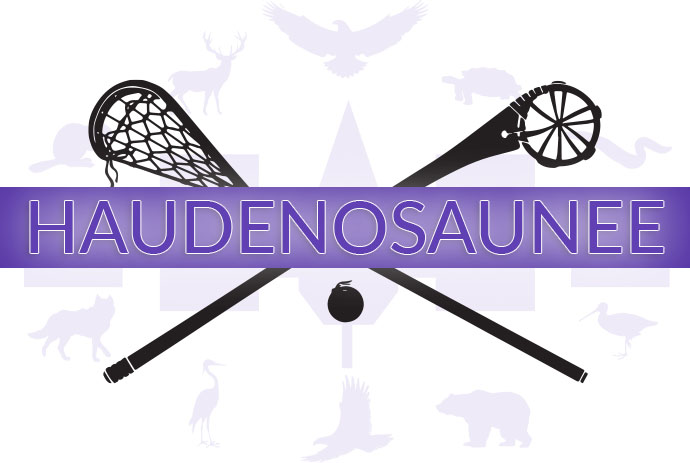…In Canada, horrid discoveries have forced a humbling conversation about the sport’s role in “cultural genocide” against Indigenous peoples.
……For Thompson, and other allies across the PLL, that reckoning is focused largely on the ways in which their sport was leveraged in what the committee called “cultural genocide.” Lacrosse, a game invented some 1,000 years ago by Native peoples, became an assimilative tool used at residential schools—“which is extraordinary,” says Allan Downey, an associate professor at McMaster University in Hamilton, Ontario, and the author of The Creator’s Game, which explores Indigenous identify formation as it relates to the sport. “They [used] an Indigenous element—an Indigenous game that has deep connections to the epistemologies of Indigenous peoples—and they [used] it to assimilate Indigenous youth.”
“Right now,” says Thompson, “our ghosts—our ancestors—aren’t even being learned.”
……On the day he first weaved an orange ribbon into his braid, the Cannons attackman was so committed to sending energy to those who’d died that he says he overexerted himself, sustaining a Grade-2 pull in his right groin. He wore the ribbon for three more games, each outing further straining himself physically and mentally. And while the pain in his groin subsided by season’s end, the hurt from decades of mistreatment—“the untold truths”—lingers, he says.
“I want there to be healing,” he says. “But the healing doesn’t happen until the United States and Canada acknowledge this part of their history, whether that history hurts or not. It has to be told.”
To read full article, visit: Sports Illustrated: As Lacrosse Ascends, a Reckoning With Its Past







